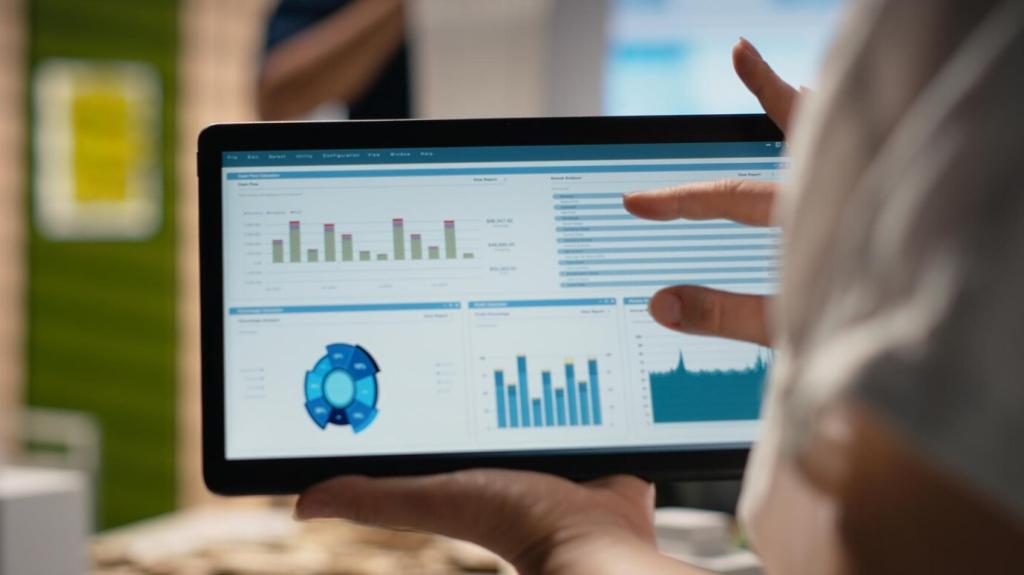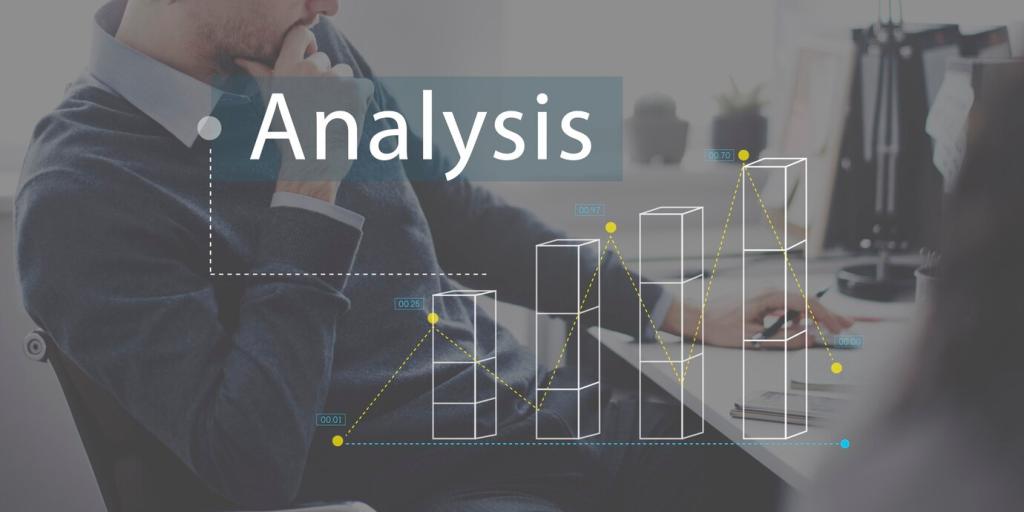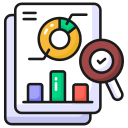Improving Decision Making with Data Analytics
Today’s chosen theme: Improving Decision Making with Data Analytics. Welcome to a friendly, practical guide for turning noise into knowledge and choices into outcomes you can explain with confidence. Stay curious, subscribe for weekly tactics, and drop a comment about one decision you’d love to make smarter this month.


Intuition gets you started, but analytics help you finish strong. Treat gut feelings as hypotheses, then test them against relevant evidence. You’ll keep the spark of creativity while grounding your choices in patterns, not anecdotes, and your team will trust the process more each time.

Great decisions are loops, not one-offs. Observe, orient, decide, and act—then measure the impact. Analytics make each loop tighter by revealing what actually happened versus what you expected. Over time, the loop compounds, lowering uncertainty and improving outcomes without crushing speed.

A customer success lead suspected onboarding emails were ignored. Rather than rewrite blindly, the team tracked opens, clicks, and time-to-first-value. The data showed a timing issue, not content fatigue. They shifted sends by two hours and cut churn risk on day seven dramatically.
Ask which decision you’ll make and which levers you can pull. Work backward to a few crisp metrics tied to that choice. When metrics answer a real question, they guide action quickly and prevent rabbit holes filled with interesting but irrelevant numbers.

Analytics Techniques That Improve Choices

Begin with descriptive analytics to understand what happened and where. Next, diagnostic analysis asks why it happened. Predictive suggests what might happen, while prescriptive proposes actions. Climbing this ladder thoughtfully prevents premature complexity and ensures insights map directly to decision options.
Visualizing Insights to Drive Action
Storytelling with Context
Numbers alone whisper; context makes them speak. Pair each chart with a one-sentence takeaway, a brief explanation of why it matters, and an action suggestion. The narrative connects dots for busy stakeholders and frames debate around outcomes, not aesthetics.
Dashboards That Nudge Decisions
Design dashboards around decisions, not data sources. Group metrics by goals, highlight thresholds, and mark anomalies. A simple layout with sparing color use beats a busy, beautiful screen. When people know exactly what to adjust, adoption and accountability rise naturally.
Show Confidence and Uncertainty
Display ranges, error bars, or confidence intervals to prevent false precision. Label assumptions and data freshness dates. When you normalize uncertainty, teams plan contingencies instead of reacting defensively later, and stakeholders appreciate the honesty baked into your recommendations.



Building a Culture That Chooses Well
Short, hands-on sessions beat long lectures. Teach teammates to read distributions, question samples, and interpret trends. When non-analysts gain fluency, they ask sharper questions and spot weak signals earlier, raising the collective quality of decisions across product, marketing, operations, and finance.
Building a Culture That Chooses Well
Codify how decisions are proposed, vetted, and reviewed. Use lightweight templates capturing problem statements, evidence, options, and risks. A shared playbook speeds alignment and makes it easier to revisit choices later, extracting lessons that compound across quarters and teams.

Responsible Data, Responsible Decisions
Collect the minimum necessary, honor consent, and respect retention limits. Responsible practices reduce risk and improve decision credibility. When stakeholders know you value users’ dignity as much as outcomes, they back bold moves without fearing hidden consequences.

Explainability Builds Confidence
Prefer models and metrics you can explain to non-experts. Document features, limitations, and monitoring plans. Explainability turns analytics from mysterious to trustworthy, enabling faster approvals and clear escalation paths when results drift or assumptions no longer hold in production.

Fairness and Edge Cases
Stress-test decisions across segments, especially those historically underrepresented. Track disparate impact and define remediation steps. Anticipating edge cases prevents surprises and demonstrates leadership, proving that better decisions with data can also be kinder, safer, and more inclusive for everyone.
